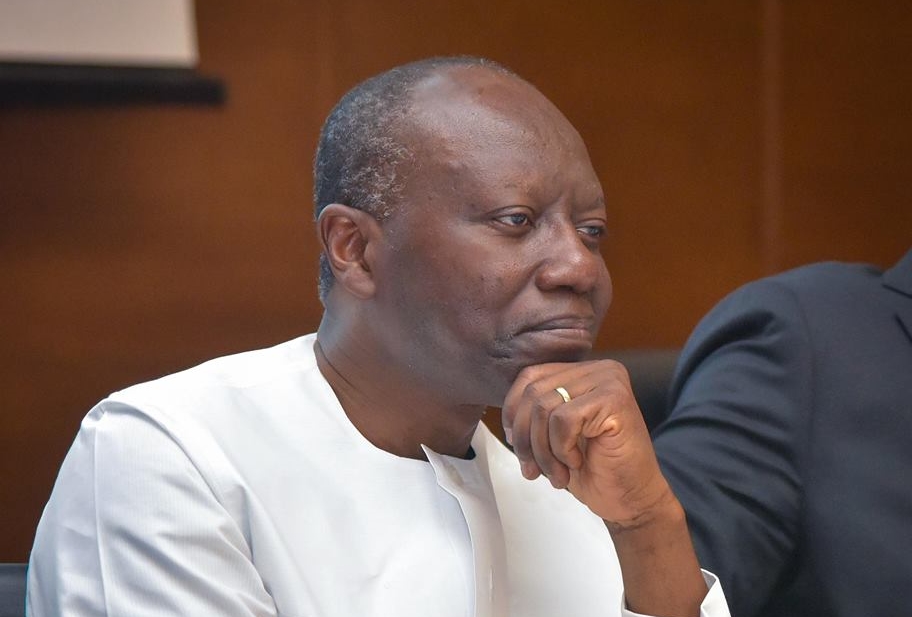Ghana’s total debt stock has increased by ¢2.9 billion in two months to reach ¢172.9 billion ending November 2018.
The Data from the Bank of Ghana showed that the new debt stock represents 57.9 per cent of the total Debt-to-GDP Ratio by economists.
A breakdown of the debt stock shows that ¢86.3 billion of the debts were secured from outside the county, while ¢86.5 billion were domestic bonds and local borrowings.
According to economists, the cedis’ marginal depreciation over the period and some borrowings to help with the restructuring of some banks might have contributed to debt stock going up.
For some economists and analysts, the fact that the economy has expanded as a result of the rebasing shows there is no need to worry. This is because the country might be moving away from the dreaded 70 per cent Debt-to-GDP ratio that could result in Ghana being classified as a risk of high debt distress country.
This means Rating Agencies might be warning investors that the Ghana might be having problems in paying our debt on time.
However, the fear is that if the funds borrowed are not being invested in sectors that would pay back for itself in the future, then the country could be sitting on a time bomb.
According to Data from the Bank of Ghana, Government is planning to borrow ¢11 billion for the first three months of 2019. According to the BoG, ¢10.1 billion is for rollover matures, while ¢1.1 billion is to help government meet its financing requirements
2018 borrowings through bonds and Treasury bills
According to the borrowing calendar for 2018, government ended the year taking about ¢45 billion through bonds and treasury bills. Data from the Finance ministry shows that it has already taken ¢22.4 billion in the first half of this year.
From the first quarter numbers, only ¢4.6 billion can be classified as fresh borrowings which were used to meet the government’s financing needs.
The remaining ¢17.8 billion was used to finance debts that were maturing. Also, ¢11.3 billion was taken in the third quarter of this year.
The calendar which captures government’s operations for October to December shows that the Finance Ministry would be borrowing ¢12.8 billion through bonds and treasury bills for the last quarter of this year.
ALSO READ: Ghana’s debt now pegged at 170.8 billion cedis – Bank of Ghana reveals
How other sectors of economy fared based on BoG’s data
The country ended 2018 securing $14 billion as earnings from total exports. Gold brought in about $5.4 billion compared to the $5.7 billion gotten in 2017. Cocoa brought in $2 billion, compared to the $2.6 billion secured in November 2017, while oil in 2017 brought in $3.1 billion.
Ghana Import bill for 2018 and 2017
The country in 2018 spent $13 billion to finance its imports, compared to the $12.6 billion in 2017. Oil imports accounted for $2.5 billion of this total expenditure on imports. However, in 2017 the government just spent $1.9 billion. Non-Oil imports stood at $10.5 billion compared to $10.6 billion in 2017.




